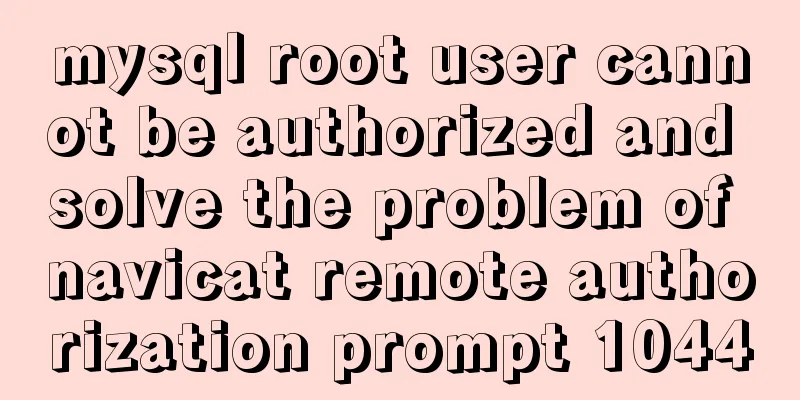VMware, nmap, burpsuite installation tutorial

VMware BurpSuiteVMware, BurpSuite cracked version download address: http://xiazai.jb51.net/202109/yuanma/vmware-workstation_jb51.rar VMware, BurpSuite activation code:
1. Virtual machine image and VMware installation and use
2. Installation and use of nmap in virtual machines Port scanning can not only be used by hackers, but it is also an essential tool for network security workers. By scanning ports, they can understand the vulnerabilities in the website and the openness of the ports, which makes an indispensable contribution to the security of the website. Currently, the main port scanning tools on the market are X_Scan, SuperScan, and nmap, among which nmap is the main one recommended here. 1.nmap contains four basic functions:Host Discovery Port Scanning Version Detection Operating System Detection 2. nmap command usage:
3. Common options of nmap: Scan Option Name Function 4. Common scan types of nmap Scan Type Name Function 5. Output Format Output format name function 3. Java environment configuration and burpsuite installation and use Burp Suite is an integrated platform for attacking web applications. It is mainly used for security penetration testing. The tools in it: 3. CTF Practice 1. Read the source codeYou can right-click -> [View Page Source], or press F12 in Firefox and Google Chrome. Pressing F12 can modify the HTML source code to facilitate constructing some value submissions, but if you don't need it, it is more intuitive to directly right-click to view the source code. It is very convenient to view comments in the web page. 2. Packet captureThe packet capture I have come into contact with these days is generally done with burpsuite. If you want to try multiple times, you can right-click -> [send to Repeater]. This is a function of burpsuite that I often use. 3. Use nmap to penetrate and scanYou can use the nmap command to scan This is the end of this article about the installation and use tutorials of VMware, nmap, and burpsuite. For more relevant VMware burpsuite installation and cracking content, please search for previous articles on 123WORDPRESS.COM or continue to browse the following related articles. I hope everyone will support 123WORDPRESS.COM in the future! You may also be interested in:
|
<<: In html table, set different colors and widths for each cell
>>: Analysis of examples of using anti-shake and throttling in Vue components
Recommend
Vue3+TypeScript encapsulates axios and implements request calls
No way, no way, it turns out that there are peopl...
Detailed tutorial on installing CUDA9.0 on Ubuntu16.04
Preface: This article is based on the experience ...
Let's talk in detail about the difference between unknown and any in TypeScript
Table of contents Preface 1. unknown vs any 2. Th...
Reasons and solutions for the failure of React event throttling effect
Table of contents The problem here is: Solution 1...
Docker image optimization (from 1.16GB to 22.4MB)
Table of contents The first step of optimization:...
About the implementation of JavaScript carousel
Today is another very practical case. Just hearin...
Linux uses bond to implement dual network cards to bind a single IP sample code
In order to provide high availability of the netw...
Detailed explanation of Angular routing animation and advanced animation functions
Table of contents 1. Routing animation 2. Group Q...
The difference between two MySQL delete user statements (delete user and drop user)
Tip: In MySQL, we often need to create and delete...
mysql8.0 forgotten password modification and net command service name invalid problem
Enter net start mysql in cmd and the prompt is: T...
In-depth analysis of MySQL data type DECIMAL
Preface: When we need to store decimals and have ...
iframe parameters with instructions and examples
<iframe src=”test.jsp” width=”100″ height=”50″...
Solutions to Files/Folders That Cannot Be Deleted in Linux
Preface Recently our server was attacked by hacke...
Install Docker environment in Linux environment (no pitfalls)
Table of contents Installation Prerequisites Step...
Mysql WorkBench installation and configuration graphic tutorial
This article shares with you the installation and...













